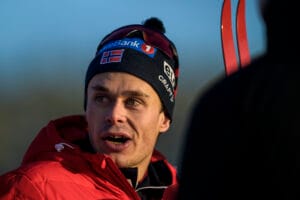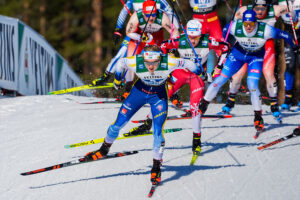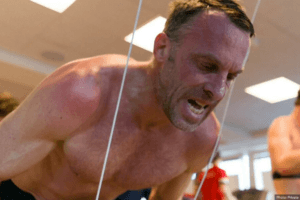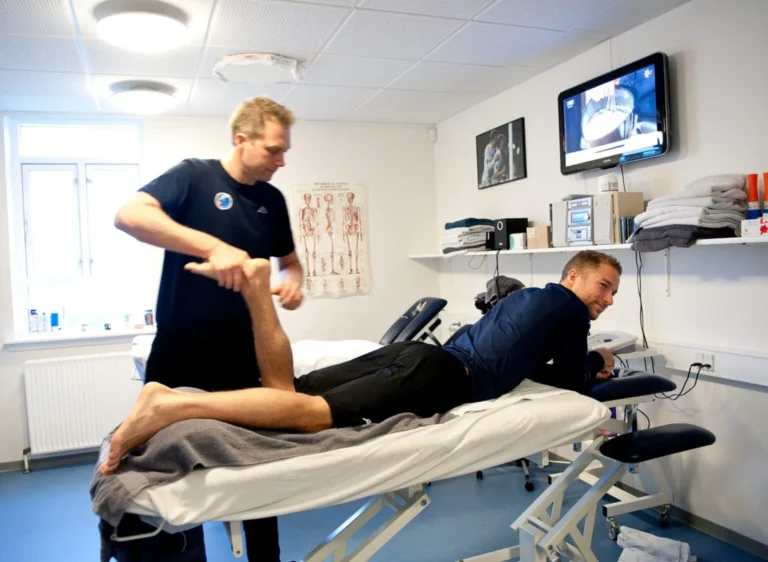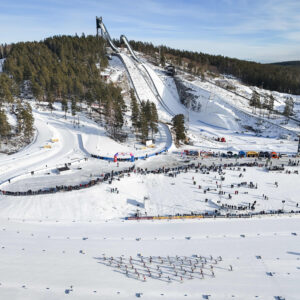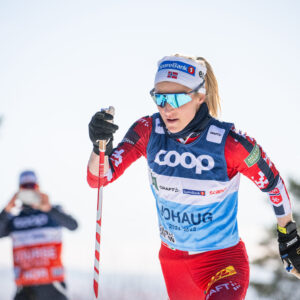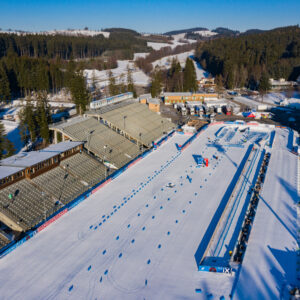The benefits of cold training in cross-country skiing
When exposed to cold temperatures, the body undergoes a range of physiological responses aimed at preserving core temperature. Frontiers in Physiology explores this topic by reflecting on the fascinating effect of cold exposure, which is a shift in how the body utilizes energy during exercise.
The Science Behind Cold Training
In the study, participants walked and ran in a controlled chamber set at 0°C and 22°C, ensuring core temperature and oxygen consumption remained constant. Despite the cold environment, core body temperature didn’t change significantly, which allowed the researchers to isolate the impact of cold on metabolism.
The results from the Frontier of Physiology study developed by Gagnon, D., Rintamäki, H., Gagnon, S., et al. (2013) were striking. In the cold conditions, participants relied more heavily on fat as an energy source. This was reflected in a decreased respiratory quotient (RQ), a measure of fuel utilization, indicating that fat oxidation increased. The study found that fat contributed more to the total energy expenditure—about 1.6 kcal per minute more in the cold than in warmer conditions. This shift to fat metabolism suggests that cold exposure can enhance an athlete’s ability to conserve glycogen, an essential energy reserve for high-intensity efforts, by sparing it in favor of fat stores.
Cold Training – The Implications for Cross-Country Skiing
For cross-country skiers, cold training could offer significant benefits. Skiing, particularly over long distances and in challenging conditions, is an endurance sport that demands high cardiovascular output, which traditionally relies on carbohydrate metabolism. However, with cold exposure, skiers may experience an enhanced ability to tap into their fat reserves, which are more abundant and provide a more sustained energy source over prolonged periods.
This adaptation can be particularly valuable during longer races or training sessions, where conserving glycogen could delay fatigue and improve overall performance. By training in cold conditions or simulating cold exposure, skiers may train their bodies to more efficiently utilize fat as a primary energy source, thereby increasing endurance and improving race times.

Muscle Cooling and Fat Utilization
The study also touches on a fascinating aspect of metabolic adaptation: muscle cooling. When muscles are exposed to cold, glycogenolysis—the breakdown of glycogen into glucose—slows down. This could be a protective mechanism to preserve the limited glycogen stores, forcing the muscles to rely more on intra-muscular triglycerides (IMTG) for energy. For cross-country skiers, this means that during cold-weather training, muscles could become more adept at mobilizing and utilizing fat, making them more efficient over long distances.
Cold Training Strategies and Takeaways
To leverage the benefits of cold exposure in cross-country skiing, athletes might consider incorporating cold-weather training or even using cold environments to trigger metabolic adaptations.
This could include:
1. Cold-Weather Training: Skiers can simulate race conditions by training in colder environments, which may help train the body to utilize fat more efficiently.
2. Contrast Therapy: Alternating between cold and warm environments, such as using ice baths or cold showers after training, could enhance recovery and further promote fat adaptation.
3. Layering: During training sessions, skiers may benefit from wearing lighter clothing to keep core temperature stable while inducing cold-induced fat utilization.
Conclusion
In conclusion, cold exposure represents an exciting frontier in cross-country skiing performance. By harnessing the body’s natural response to cold, skiers can increase fat utilization and delay fatigue, unlocking a performance-enhancing strategy that could make the difference between crossing the finish line strong or fading in the final stretch. The cold might not just be a challenge—it could be the edge needed to achieve new personal bests.
Reference: Gagnon DD, Rintamäki H, Gagnon SS, Cheung SS, Herzig KH, Porvari K, Kyröläinen H. “Cold exposure enhances fat utilization but not non-esterified fatty acids, glycerol or catecholamines availability during submaximal walking and running.” Front Physiol. 2013 May 10;4:99. doi: 10.3389/fphys.2013.00099. PMID: 23675353; PMCID: PMC3650516.

